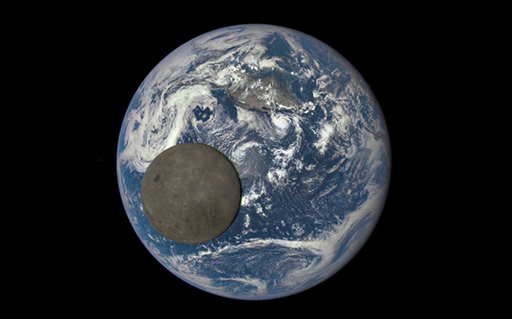1 The Moon’s influence on us
Our culture is littered with references to the Moon, be it Shakespeare discussing the Moon in a sonnet, or a famous 1970s rock band using a certain unseen feature of the Moon as the title of one of their albums.

It’s not difficult to see why the Moon features so much in the arts. If you look up into a clear night sky, 25 days out of 28 you are likely to see it. The word ‘month’ is derived from the time (roughly) that the Moon takes to complete one orbit around the Earth. People have been fascinated by the Moon for millennia, with many ancient civilisations associating it with mental disorders: the word ‘lunacy’ is derived from ‘lunar’. This is reflected in popular culture – for example, the character Luna Lovegood in the Harry Potter books. Another rich area of cultural references to the Moon comes from the story of a simpleton trying to recover a large cheese, really a reflection of the Moon, from a lake. The story is present in the folk tales of many civilisations and gave rise to the metaphor that someone is so credulous ‘they’d believe that the Moon is made of green cheese’. In popular culture this fable is repeated, notably in the Wallace and Gromit adventure ‘A Grand Day Out’ produced by Nick Park/Aardman Animations.
Until Galileo identified four of the moons of Jupiter in 1610, Earth’s Moon was the only known satellite. Some of the features of the Moon’s surface can be seen from Earth with the naked eye and, as you’ll learn in the next few weeks, space missions have established that the Moon has no substantial atmosphere and no global magnetic field. No matter how much knowledge of the Moon scientists gain, it still captures the interest of people and inspires musicians, screenwriters, playwrights and artists.
The image at the top of this page shows the Moon passing in front of the Earth as seen by NASA’s Deep Space Climate Observatory (DSCOVR) satellite, which is stationed 1.5 million km from Earth. Notice how dark the Moon’s surface is compared to the Earth, even though most of the terrain on the lunar farside (which is what we see from this vantage point) is more reflective than the mare basalts that cover much of the nearside surface. You can see this image added to others to make a time-lapse video here.
